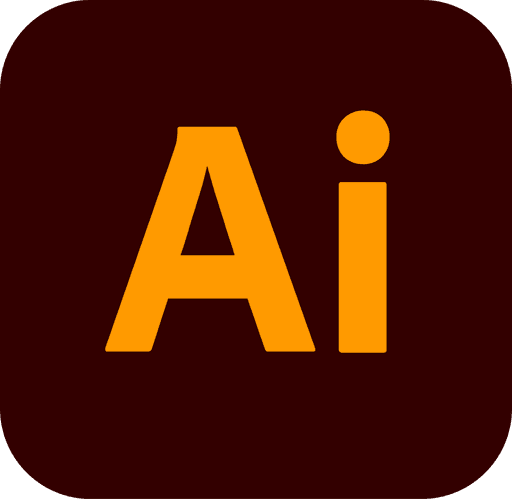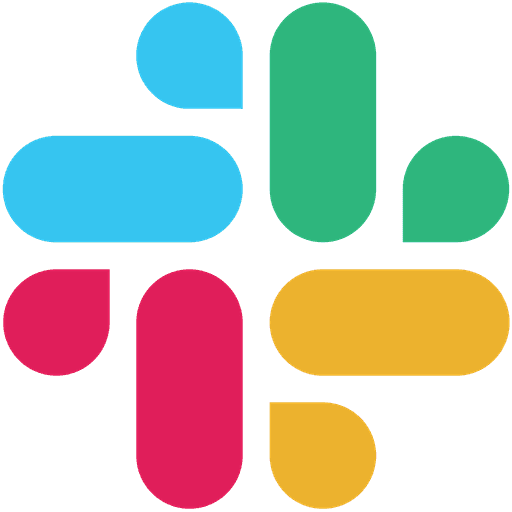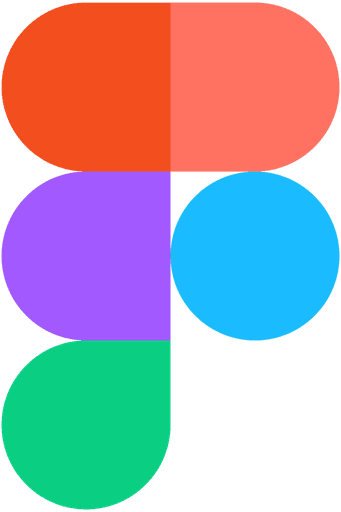Optimizing Plant Health Tracking for Farm Managers
As the UX/UI Designer at Adaviv, I led the end-to-end design process to enhance plant health monitoring for managers. Through user research, I uncovered key pain points in their workflow, including the inefficiencies of a manual tracking system that lacked real-time updates. By applying design thinking methodologies, I translated these insights into a streamlined dashboard with clear, actionable data.
The project aimed to give managers real-time plant health visibility, enabling faster, data-driven decisions. Testing and refining prototypes ensured an intuitive solution, reducing data update delays from one week to one hour and improving farm operations.
Company
Date
Industry
Role
Project Type
Context
Adaviv is a U.S.-based AgTech startup that leverages AI to optimize large-scale farming operations, reducing costs and minimizing crop loss. One of its core features is tracking plant health in real time, producing actionable insights for farm managers.
However, managers struggled with visibility. They lacked a clear, real-time way to track where issues were arising across their assigned hectares, making it difficult to take timely action. Their current tracking method—a manually updated spreadsheet—was outdated, prone to inaccuracies, and lacked the depth needed for effective decision-making. They needed a tool that not only provided an overview but also allowed them to drill down into specific problem areas with detailed insights.
Research Methods
User Interviews: Conducted sessions to understand manager workflows, pain points, and expectations.
Usability Testing: Evaluated their existing tracking method to identify limitations and later tested prototypes to assess usability and effectiveness.
Key Research Findings
“If I see too much whitefly in a specific room, I want to know how much and why, but I have to find workers to ask them or go to the field myself” one manager shared.
Managers tracked plant health across 10+ hectares using an Excel spreadsheet that only provided a broad view and was not updated in real-time. This led to delayed responses and inefficiencies. They needed a system that could help them quickly identify issues in specific areas while also tracking trends over time. Additionally, since some plants were already undergoing treatments, they wanted to monitor progress and adjust interventions accordingly.
Process
Empathize: Conducted in-depth user interviews and observed managers' tracking process. Their reliance on a weekly Excel sheet frustrated them due to its lack of real-time updates and actionable insights.
Define: Synthesized research findings to establish the MVP’s scope. The focus was on providing real-time data, key plant health metrics (IPM score, trends from the last three weeks), and categorization of issues into mild, moderate, or severe.
Ideate: Developed low-fidelity prototypes, which were internally reviewed and refined through team brainstorming and design testing.
Prototype & Test: Designed high-fidelity prototypes using the company’s UI Kit, ensuring consistency with Adaviv’s branding. Conducted usability tests with real users, iterating based on feedback to refine logic, navigation, and design elements.
Launch & Iterate: After the initial release, the dashboard was enhanced with additional features, including filters, printable options, and a notes section for better collaboration.
Results
The new dashboard improved real-time plant health tracking, reducing data update delays from one week to one hour. This led to a 30% increase in treatment application accuracy and a 40% reduction in response time to plant health issues. Additionally, 100% of managers reported satisfaction with the interface, stating they felt more confident in making data-driven decisions. The success of this MVP established a foundation for ongoing improvements, ensuring the dashboard continues to evolve to meet user needs.
30%
Increase in Treatment Application
1-hour
Real-Time Updates (was 1 week)
Conclusion
This project successfully transformed the way farm managers accessed and utilized plant health data. By integrating real-time tracking, intuitive visualizations, and user-friendly navigation, the dashboard empowered managers to respond faster and more effectively to plant health issues. The iterative approach ensured continuous improvement, making the tool an essential asset in farm operations.
Other projects
Enhancing Accessibility and Usability in FIELD
The FIELD app rebranding improved accessibility and usability while aligning with Adaviv’s new brand identity. The redesigned UI enhanced navigation, visibility in greenhouses, and support for colorblind users.
Boosting Efficiency with Terpel’s Automated Reporting
Designed a tool to manage sustainability and operations data across countries, ensuring legal compliance. Focused on intuitive workflows, clear categorization, and UI consistency.


















